The course duration comprises of ten weeks. It is a wonderful space that you create for yourself for the ten weeks and learn to establish both a student and a teacher of yoga. The course nurtures physically and mentally. One can draw the corrective which is most wanted in order to make our inner life more perfect, more comprehensive and more universal. Siddha Yoga Peeth school yoga school can assist you towards excellence the art and science of yoga. This course will allow you to discover a new dimension to learn, teach and appreciate yoga
500 Hour Yoga Teacher Training Course in Rishikesh, India
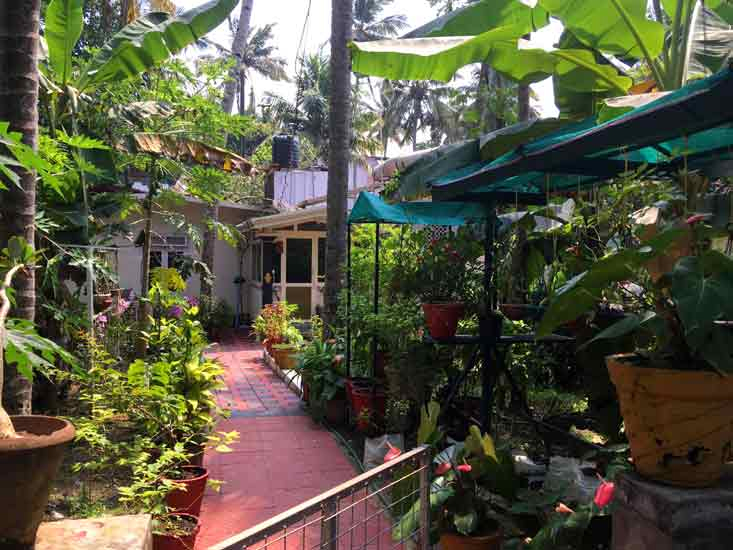
500 Hour Residential Hatha, Ashtanga yoga teacher training course in India registered with Yoga Alliance, USA at Siddha Yoga Peeth. This course is for those who have already acquired the 200 hour Yoga Teacher Training Course. If you have not done a 200 hour Yoga Teacher Training and still you may undertake one of our 200 hour Yoga TTC and then pursue a 300-hour course for 500 hour Yoga certification.

If you look forward about the course then this is the best choice. Since the inception of the 200, 300 & 500 hour training courses for yoga teacher since foundation, more and more people have joined the course. Most of the alumni have pursued to become victorious yoga teachers all over the world. This program makes one learn all the techniques and styles of yoga. This program also inculcates practices and principles to help make the candidate a sound yoga teacher.
500 HOUR YTTC PRICE DETAILS
500 HOUR YTTC PRICE DETAILS
»500 Hour Yoga Teacher Training Rishikesh
»Regular Course price: USD 2400 (Private Room)
»Regular Course price: USD 2000 (Shared Room)
»Special early bird discounts
»Register before 3 months. fees will be USD 2200 & For pairs USD 1100
»$ 2400
»500 Hour Yoga Teacher Training Varkala, Kerela
»Regular Course price: USD 2600
»Private Room
»500 USD For Sea View & Air Condition
»$ 2600
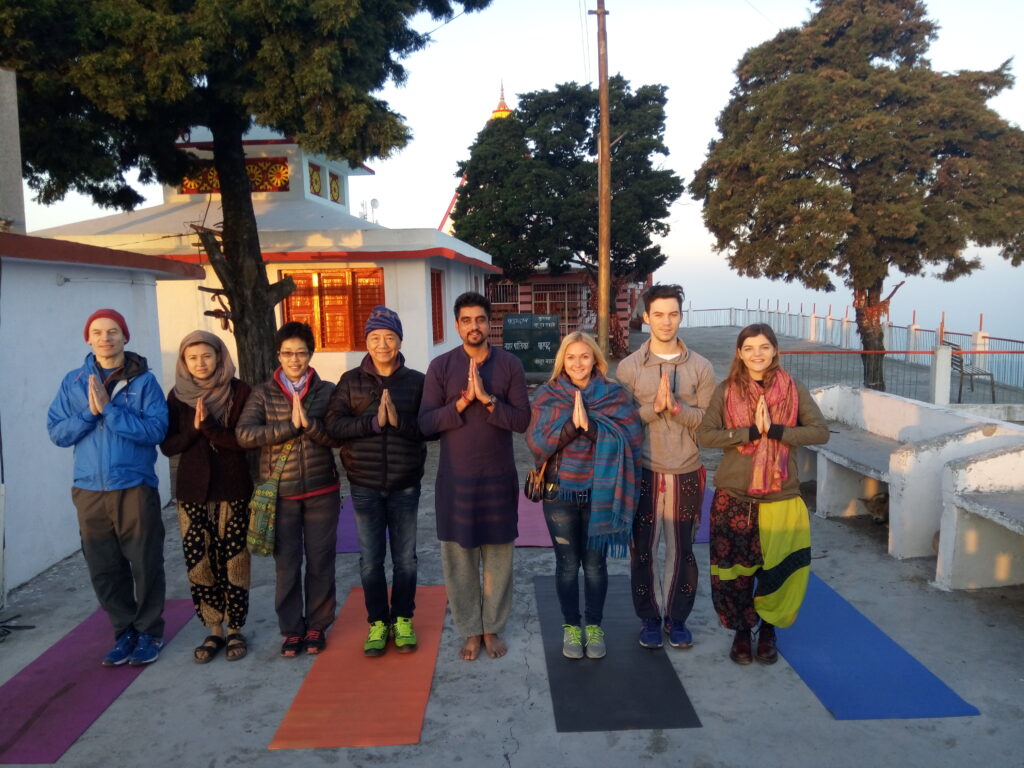
Syllabus
(i) Musculo-Skeletal System : Muscle – Classification – Histology – properties of each type – distribution – Mechanism of muscle contraction (Brief) – neuromuscular transmission (Brief), ligaments, tendons, Skeleton-Bones-types, Structure & function, Spinal column. Joints – Types, Structure, Function.
(ii) Blood and Immune System: Composition of blood corpuscles – R.B.C., W.B.C., Platelets. Plasma, Haemoglobin – Coagulation of blood and anticoagulants. Blood groups and its importance, lymphatic system, Immunity – types & mechanism.
(iii) Cardiovascular system: Anatomy of Heart and blood vessels – -Innervation of heart – Properties of cardiac muscle – Control of cardiac cycle and circulation – Cardiac output – Blood pressure.
(iv) Respiratory System: Anatomy-Gross & Histological – Mechanism of Breathing, Exchange of gases Pulmonary function tests-lung volumes – Control of respiration.
(v) Digestive system: Anatomy – Gross and Histological – Mechanism of secretion of – Saliva, Gastric Juice, Pancreatic Juice, Bile, Intestinal secretion – Role of these secretions in the digestion of food, Absorption and assimilation, and formation of feces.
(vi) Excretory System and temperature regulation: Anatomy-Gross & Histology – Functions of glomerulus and renal tubules Micturition and composition of urine – structure, and functions of skin-Regulation of body temperature.
(vii) Endocrine System: Anatomy – Gross & Histological, Thyroid, Parathyroid, Suprarenal, Pituitary, Islets of Langerhans – Function of the thyroid and parathyroid hormone, the effect of hype and hyperactivity on the body. Hormones of supra-renal and their action and effect of hypo & hyperactivity on the body. Hormones of the pituitary gland- its action and effect of hypo & hyperactivity on the body. Role of insulin in glucose metabolism.
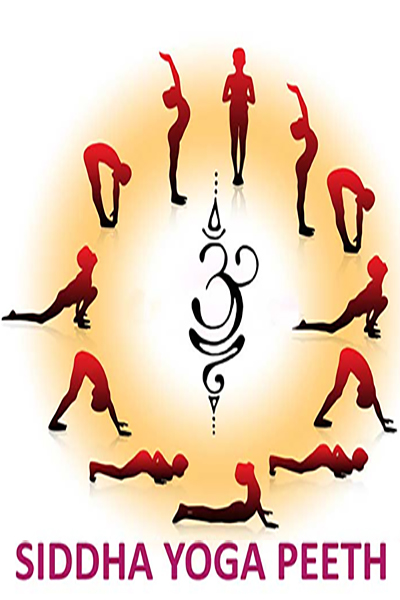
Curriculum – 500 Hour Yoga Teacher Training
| 1. Patanjal Yog Sutra Chapter 1 and 2 | 2. Hatha Yoga Pradipica | 3. Gheranya Shahita |
|---|---|---|
| 4. Shiva Shahita | 5. Yoga Vasistha |
*The 500 Hour Yoga Training Course Curriculum is a combination the 200 Hour Yoga Teacher Training Course Curriculum and the 300 Hour Course Curriculum. Syllabus may change according to the situation.
Syllabus of Yoga Courses
A. Introduction to Ayurveda
| 1. Panchmahabhoota Theory | 2. Tridosha Theory | 3. Dhatus in Ayurveda |
|---|---|---|
| 4. Dhatus as it Relates to Modern Medicine | 5. Prakriti Analysis | 6. Diet According to Prakriti |
| 7. General Introduction to Diet | 8. Yogic Diet | 9. Mindful Eating |
| 10. Pancha Prana | 11. Pancha Kosha |
B. Systems
| 1. Nervous System | 2. Anatomy & Physiology of joints | 3. Muscular System | 4. Mechanism of Pranayama |
|---|---|---|---|
| 5. Physiology of Respiratory system | 6. Skeletal System | 7. Mechanism of Asanas | 8. Mechanism of Meditation |
C. Various Darshans
| 1. Body mind relationship | 2. Key to success | 3. Art of Happiness |
|---|---|---|
| 4. Power of Subconscious mind | 5. Philosophy and Science of meditation | 6. 5 Elements |
D. Hatha Yoga Asanas
300 hour students will learn more than 100 attractive traditional and dynamic Hatha yoga Asana poses. Every morning 2 hour Hatha,Vinyasa,Partner yoga etc. and evening 2 hours AshtangaVinyasa and an hour of stretching adjustment and alignment classes with detail technique by our experienced teachers.
E. Ashtanga Vinyasa Yoga – With all details
Vinyasa Flow yoga is called such because of the fluid balance between the breath flow and body movement. ‘Vinyasa’ means breath-synchronized motion and this style of yoga places as much emphasis on the yoga postures as on the transition between the asanas—creating a dynamic, flowing yoga class that transforms into a playful dance between body and breath. Vinyasa is a term that covers a broad range of yoga classes—but all styles of Vinyasa incorporate the same quality of movement with breath—whether a more dynamic Power Vinyasa class, or a Gentle Flow yoga.
Vinyasa allows the teacher a lot of variety and space for creativity, and the opportunity to develop their own personal voice and style as a teacher. There are no standard sequences to be followed or taught but will almost always include many variations of sun salutations. Expect lots of dynamic movement, not just static stretching. This style of asana evolves into a meditation in motion, moving with mindfulness and allowing the body to become active and the mind to quiet and focus.
F. Kriyas – Cleansing Process
- Jala Neti – Process for purifying nasal area.
- Sutra Neti – Process for purifying nasal area in advance way.
- Dhauti (Vamana) – Chain of processes for purification for the whole alimentary canal.
- Vastra Dhauti (Cloth)(Theory).
- Danda Dhauti Practical & Theory
- Sankha Prakhalana – A complete wash of alimentary canal.
- Nauli – A strong proccess giving massage and strenght to organ inside the abdomen cavity
- Kapalabhati – It is a simple chain of processes for purification of the forehead & it effects to whole body
- Ganisara–Practical and Theory
-
Trataka–Process of intense and deep concentration on a subject. This increases the power of concentration. It develops the dormant inherent spiritual powers in every person. It gives power to eyes. Mental steadiness increases and restless mind becomes peaceful.
G. Pranayama (Primary & Advance Level)
- Anuloma Viloma
- Nadi Shodhan (Advanced)
- Ujjayi (Advanced)
- Sitali (Advanced)
- Sitkari (Advanced)
- Bhastrika (Advanced)
- Bhramari (Advanced)
- Suryabhedena (Advanced)
- Chandrabhedana (Advanced)
- Theory of Murccha
- Theory of Plavini
How to do it
Here are some types of meditation practiced in Yoga. The most common and universal one is the “third eye meditation”.
Third Eye Meditation — focusing the attention on the “spot between the eyebrows” (called by some “the third eye” or “ajna chakra”). The attention is constantly redirected to this point, as a means to silence the mind. By time the “silent gaps” between thoughts get wider and deeper. Sometimes this is accompanied by physically “looking”, with eyes closed, towards that spot.
Chakra Meditation — the practitioner focuses on one of the seven chakras of the body (“centers of energy”), typically doing some visualizations and chanting a specific mantra for each chakra (lam, vam, ram, yam, ham, om). Most commonly it is done on the heart chackra, third eye, and crown chackra.
Gazing Meditation (Trataka) — fixing the gaze on an external object, typically a candle, image or a symbol (yantras). It is done with eyes open, and then with eyes closed, to train both the concentration and visualization powers of the mind. After closing the eyes, you should still keep the image of the object in your “mind’s eye”.
Kundalini Meditation — this is a very complex system of practice. The goal is the awakening of the “kundalini energy” which lies dormant on the base of the spine, the development of several psychic centers in the body, and, finally, enlightenment. There are several dangers associated with this practice, and it should not be attempted without the guidance of a qualified yogi.
Kriya Yoga — is a set of energization, breathing, and meditation exercises taught by Paramahamsa Yogananda. This is more suited for those who have a devotional temperament, and are seeking the spiritual aspects of meditation.
Sound Meditation (Nada Yoga) — focusing on sound. Starts with meditation on “external sounds”, such as calming ambient music (like Native American flute music), whereby the student focuses all his attention on just hearing, as a help to quieten and collect the mind. By time the practice evolves to hearing the “internal sounds” of the body and mind. The ultimate goal is to hear the “Ultimate Sound” (para nada), which is a sound without vibration, and that manifests as “OM”.
The main objective of our courses is to allow you to develop a self-practice both spiritually and physically in each of the areas listed below. The modules are categorised into 5 areas:
1. Practice
2. Anatomy and Physiology of Yogic Practices
3. Yoga Philosophy
4. Yogic Lifestyle
5. Teaching Methodology and Practice
HIGHLIGHTS
1. Acquire deeper knowledge of Yogasanas, Pranayama, Meditation, Philosophy, and Anatomy.
2. Enhance your teaching skills and brush up on your Sanskrit, asana vocabulary, and adjustment techniques.
3. Refresh your knowledge of anatomy and philosophy in a focused, committed learning environment with professional and dedicated teachers.
4. Deepen your own personal asana practice with daily Vinyasa Flow classes, advanced asana practice like arm balances and backbends.
5. Learn and practice hands-on adjustments and enhance your teaching skills.
6. Share the knowledge and experience you have gained as a yoga teacher with others.
7. Take some personal time for yourself and ENJOY BEING A STUDENT AGAIN—studying in a fun, encouraging, and supportive environment.
8. Enhance your credibility and increase your visibility.
9. The philosophy component will follow a more in-depth study of Chakras and Bhagavad Gita, apart from basics of Ayurveda. Students will study intense pranayama, chakra balance, metaphysical meditations, and Yoga Nidra.
10. The Anatomical highlight will be on practical applications of anatomy and comparative anatomy.
Vinyasa Flow yoga is called such because of the fluid balance between the breath flow and body movement. ‘Vinyasa’ means breath-synchronized motion and this style of yoga places as much emphasis on the yoga postures as on the transition between the asanas—creating a dynamic, flowing yoga class that transforms into a playful dance between body and breath. Vinyasa is a term that covers a broad range of yoga classes—but all styles of Vinyasa incorporate the same quality of movement with breath – whether a more dynamic Power Vinyasa class, or a Gentle Flow yoga.
Vinyasa allows the teacher a lot of variety and space for creativity, and the opportunity to develop their own personal voice and style as a teacher. There are no standard sequences to be followed or taught but will almost always include many variations of sun salutations. Expect lots of dynamic movement, not just static stretching. This style of asana evolves into a meditation in motion, moving with mindfulness and allowing the body to become active and the mind to quiet and focus.
CREATE: Sequencing Strategies for Success
This will lay the groundwork for creating effective class plans for a variety of purposes. You will write a sequence for each day of this training as we explore and unpack a variety of teaching and sequencing strategies.
SPEAK: Communicating in the Seat of the Teacher
“Say what you mean, mean what you say.” Refine your use of language so that every word conveys your meaning.
Potent and accurate verbs, active voice and passive voice
Instructions for what to do, how to do it
Instructional hierarchy of foundation, basic shape, key actions and refinements
SEE: Observation, Demonstration & Pose Improvement Strategies
“A picture is worth a thousand words.” The ability to show students what you mean is crucial. Many of your students are visual learners and they won’t fully understand you until they see it. We will explore and practice a variety of types of postural demonstrations and pose improvement strategies:
How to See & Observe Students, fine tune your sight
Demonstrating pose shape, pose improvement and key actions
Use of demonstrations in Vinyasa classes and for beginners and how to change the flow or energy in class
TOUCH: Physical Adjustments
Increase the skill and efficacy of your use of touch. We will explore considerations of when to touch, whom to touch and how to touch, as well as different types of physical adjustments in a variety common poses.
Anatomy Brush Up: New Ideas You Might Not Have Considered
BREATHE: Vinyasa Sequencing & Transitions
This session brings in other aspects of teaching: We will explore:
Pranayama and Effective Use of Breath as Primary Support
Crafting Sustainable Vinyasa Sequences, Learning Healthy Biomechanical Approaches
Our Yoga Alliance Registered 300-hour Yoga Teacher Training Program incorporates training hours in the following educational categories and topics:
Practice techniques
Practice techniques and alignment for approximately 80 most popular intermediate and advance postures including arm balances, inversions, standing postures, backbends and forward bends. Modifications, other variations and advance variations of all postures. How to use yoga props like blocks, bolsters, straps, blankets, and walls in your yoga practice. Observation by main teachers on your personal practice and feedback everyday immediately after the main asana class. Daily hands-on-adjustments are given to students by expert teachers or by fellow trainees to deepen your own physical practice.
One of the main asana teachers will be making observations about your personal practice and alignment during main asana classes in the morning. The feedback based on these observations will be given to you immediately after the class so that you can take the help of the teacher to correct your alignment or choose the suitable modification or variation. The teachers will suggest to you the necessary corrections in your practice. We do this to make sure that you practice with correct techniques and alignment from day one so that you can improve and deepen your practice every time you hit the mat; so that when you leave the course you have advanced your practice and knowledge of alignment to a much higher level than you came with.
Pranayama, Mudra, Bandhas and Kriya
Advance Pranayama (yogic breathing):
Introduction, its aspects, pranic body, different types of prana, types of breathing, anatomy of breathing, Yogic breathing, Nadi Shodhana (alternate nostril breathing), Sheetali (cooling breath), Shitkari (hissing breath), Bhramari (humming bee breath), Ujjayi (the psychic or victorious breath), Bhastrika (bellows breath), Kapalabhati (frontal brain cleansing breath), Suryabheda (vitality stimulating breath) including advance variations.
Advance Mudra (Psychic gesture):
Introduction, types, Hand mudras, Postural mudras, Lock (bandha) mudras, Jnana mudra (psychic gesture of knowledge), chin mudra (psychic gesture of consciousness), Shambhavi mudra (eyebrow center of gazing), Nasikagradrishti (nosetip gazing), Khechari mudra (toungue lock), Shanmukhi mudra (closing the seven gates), Vipareetkarani (inverted psychic attitude), MahaMudra (great psychic attitude).
Bandhas (energy locks):
Introduction, types, throat lock, root lock, abdominal lock, great lock Kriya; Yogic cleansing techniques: Nasal cleansing (neti), frontal brain cleansing (kapalabhati), and eye cleansing-candle gazing (trataka).
Anatomy:
1. Includes both human physical anatomy and physiology (bodily systems, organs, etc.) and energy anatomy and physiology (chakras, nadis, etc). Includes both the study of the subject and application of its principles to yoga practice (benefits, contraindications, healthy movement patterns).
2. Practical anatomy with a major emphasis on muscular and skeletal structures and in-depth study of anatomical and skeletal differences (i.e. compression, tension, and proportion and orientation theory)
3. Introduction to different body systems
4. Skeletal system, muscular system, connective tissue, nervous system, major joints of the body
5. Breathing and respiratory system
6. Practical applications of anatomy into postures
7. Therapeutic applications of postures and working with injuries in asana class
Philosophy:
- Meaning of yoga, concepts, history
- Four paths of yoga ( Jnana, Raja, Bhakti, Karma Yoga)
- Ashtanga Yoga & Hatha Yoga
- Prana (bioplasmic energy)
- The chakra system, its qualities, activating and balancing techniques
- Energy or nadi system
- Meditation: introduction, practices, meditation and mind, removal of mental problems
- Guru and disciple relationship
- Kriya Yoga
-
Five types of bodies (sheaths or koshas)
Panch kosha (five covering or sheaths over consciousness)
- Annamaya kosha (physical sheath) – Gross body – Conscious state Panch-tatva (Five-elements), Sapt-dhatu (Seven-tissues)
- Pranamaya kosha (energy sheath) – Subtle body – Subconscious state
- Panch-prana (five vital airs)
Karmendriya (five organ of action)
Nadi (subtle energy channels), Tri-shakti (tried energy)
Kundalini and Granthis - Manomaya kosha (mental sheath) – Subtle body – Subconscious state
Manas (mind), Buddhi (lower intellect), Chitta (memory), Ahamkar (ego) - Jnanedriya (five senses)
Jnanamaya kosha (intuitive sheath) – Subtle body – Subconscious state
Buddhi (higher intellect) - Ananadmaya kosha (bliss sheath) – Causal body – Unconscious state Turiya – Pure consciousness
Teaching Practice
Includes practice teaching, receiving feedback, observing others teaching, hearing and giving feedback. Also includes assisting students while someone else is teaching. You will have an opportunity to teach your fellow mates. Regular feedback are given by teachers and fellow students about your teaching so that you can improve and find your unique voice and style as a teacher. You will learn to give hands on adjustment and practice the same on alternate days on your fellow students.
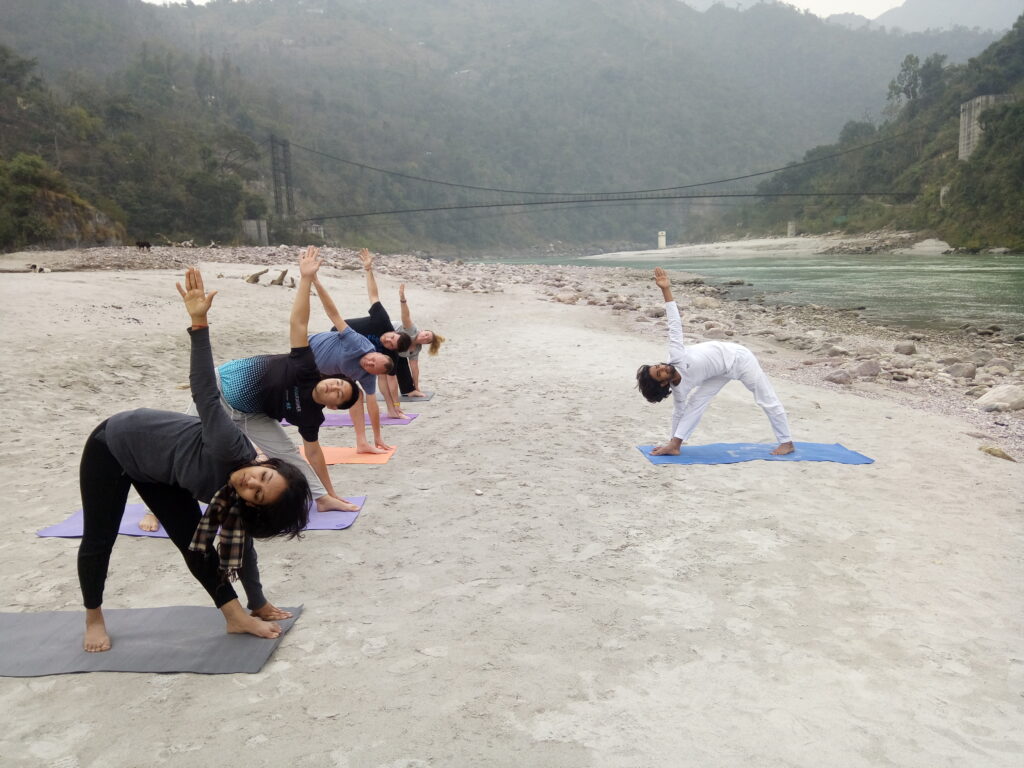
500 Hour Yoga Teacher Training: Teaching methodology
- To structure and sequence a class
- Modification techniques
- Teaching different meditation techniques
- Organizing and preparing for a workshop
- Principles of demonstration, observation, alignment, and correction
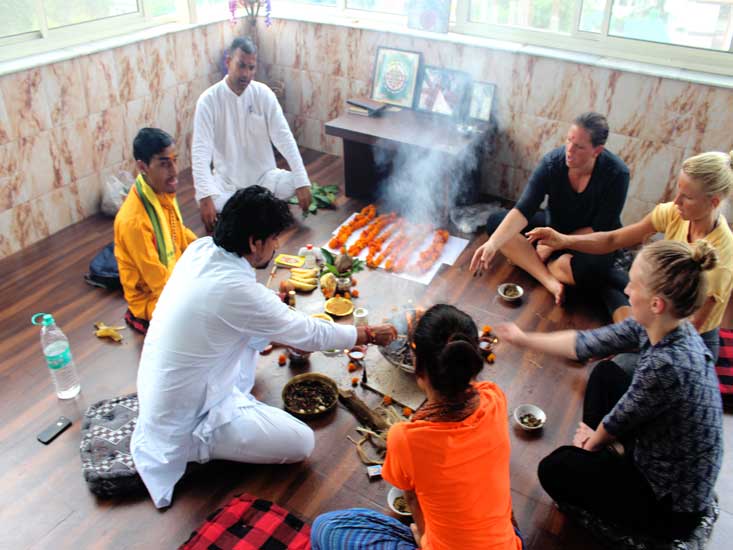
Why We
Experience: The course has been designed and refined to develop it a compact and fulfilling we’ve refined experience for the participants.
Intelligent and intuitive Sequencing: Learning in a dynamic environment where the participants align postures for deriving maximum benefits out of it.
Teaching with spontaneity and clarity: It is individuality of the course where you are not required to memorize and recite the sequences. Instead it is a method for the trainee teachers to explore and investigate the potential of themselves as well as of the participants.
It is for you entirely: Yoga is about oneness where your uniqueness is needed to be grateful for uniqueness.
Recognition all over to the world: The participants include more than 5000 alumni, individuals from greater to 100 countries.
What does the course fees include?
- 27 nights shared Accommodation
- Daily nutritious vegetarian meals and teas
- Weekend excursions
- yoga material
- One the Himalayas sightseeing trip
- A free ayurvedic massage.
- Kirtan night.
What is not included in the course fees?
- Air ticket
- Airport Pickup and Drop
Rules for Students at Siddha Yoga Peeth School.
- Smoking and liquor are strictly prohibited in the school premises.
- If you are fasting kindly inform the kitchen administrator prior to avoid food wastage
- Always be in the discipline, respect teachers and comply with all rules.
- Always be punctual, if you are not on time, you will not be allowed to enter in a class.
- Clear your books of account before leaving from the School.
- No friends or relatives are allowed to stay with the participants during yoga Training.
- Participants must always be on time, follow the schedule and attend all sessions, lectures and other activities.
About Us
Quick Links
Contact Info
- +91 75035 81204
- Info@siddhayogapeeth.com
- Upside Street in Front of SBI Bank, Badrinath Road, Tapovan, Rishikesh.
